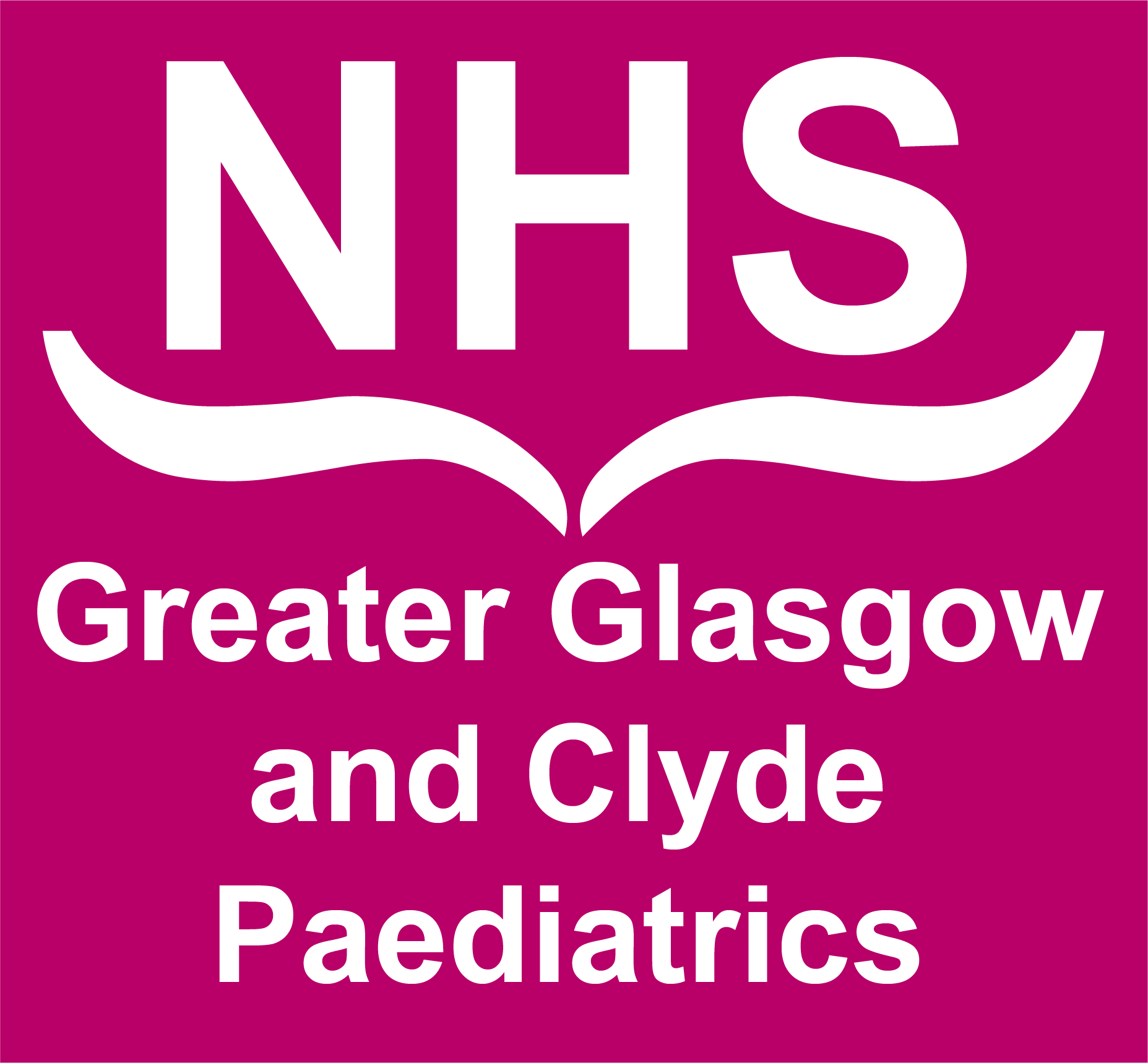The patient should have history, examination* and XR. Findings should be documented in the ED notes.
The XR should be reviewed for osteochondral fracture and/or lipohaemarthrosis, Segond or tibial spine fractures.

*Following a significant knee injury it may not be possible to test ligamentous integrity. It is important to assess ability to SLR and presence/absence of effusion/haemarthrosis
Who to refer?:
- Fracture/lipohaemarthrosis on XR – refer to orthopaedics who will review and order MRI. Admit/discharge according to clinical review findings.
- Tibiofemoral dislocations or suspected multi-ligament knee injuries. Examine NV status. Keep NBM. refer to orthopaedics who will review
- No fracture on XR –all patients should be referred to physiotherapy (TrakCare referral – note this is not an opt-in referral).
No fracture clinic appointment should be made. Ortho review not required at this stage.
The patient should be discharged with adequate analgesia. They should be instructed to weight bear as tolerated. A knee extension brace (e.g Buchannan splint) and/or crutches may be required for comfort in some cases.
Referring to Physiotherapy:
- Patellofemoral dislocation, haemarthrosis – refer on Trakcare.
- Soft tissue injury – provide with RHC knee soft tissue injury advice booklet and opt in letter for physiotherapy. Make opt-in physio referral on Trakcare.


